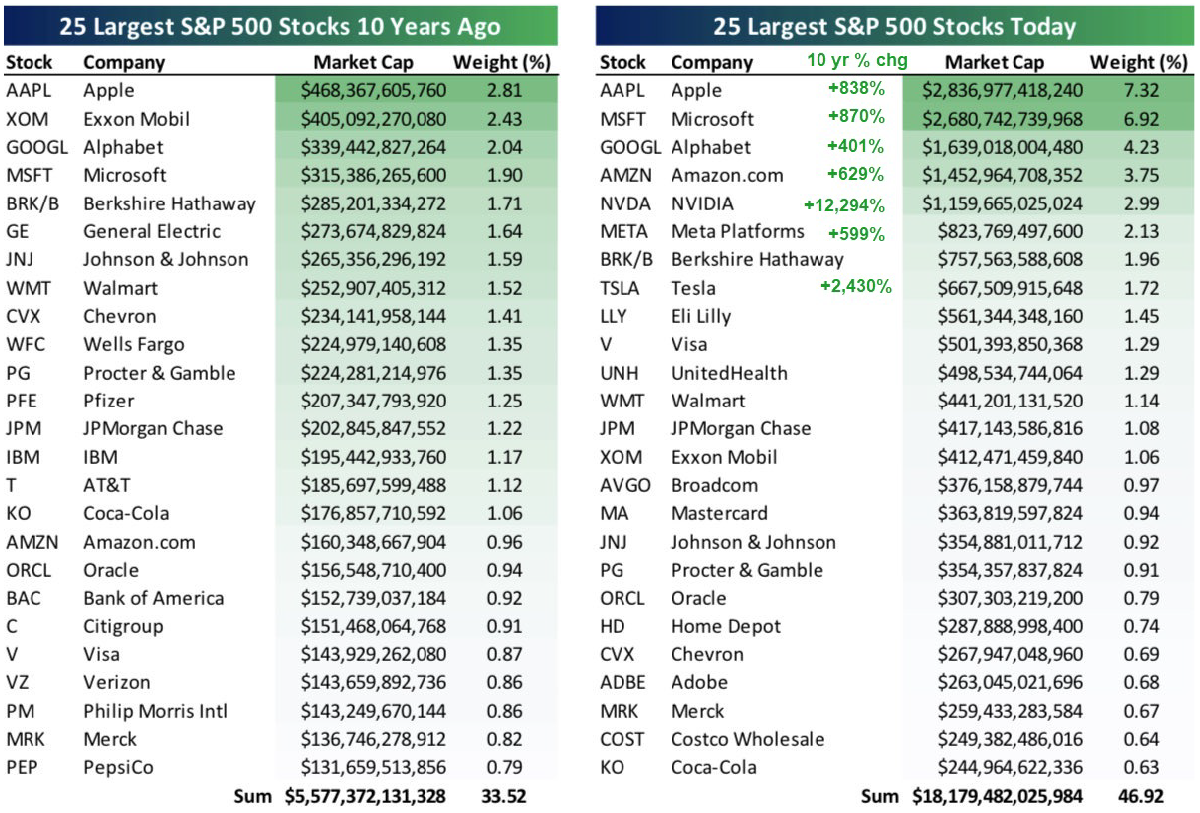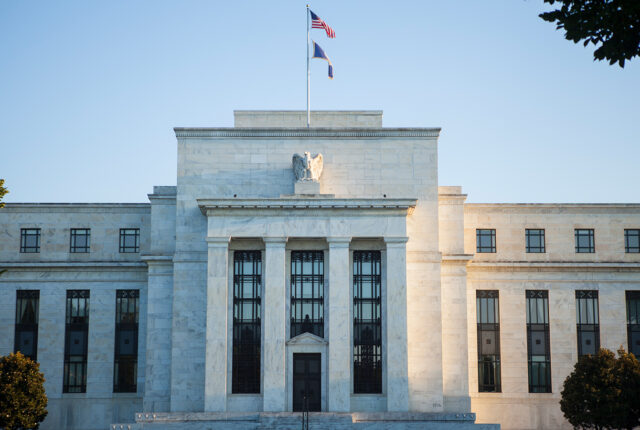
Headwinds and Tailwinds
The seasonality of the markets has not disappointed us so far as investors in 2023. I’m referring to the Winter months (November-to April). On October 23rd, the 10-year US Treasury yield crossed the 5% threshold, nearly repeating the feat on the 26th, and now sits around 4.4%. A 40 to 60 basis points move in just over a few weeks is, by all standards, extreme and had a profound impact on the markets. This has lifted asset prices across the board giving both Bond and Stock investors something to celebrate.
As we close out this year and position Portfolio’s for 2024, let’s discuss some of the Headwinds and Tailwinds we must face.
Geopolitical Risk



Another area within equities that we think can outperform is within Small Cap Stocks (Companies under $5Billion in market cap).
These companies have dramatically underperformed the Large/Mega Cap companies recently. Small caps are trading at their lowest levels versus the SP5oo in almost 23 years! Due to the lack of performance and underinvestment, the small caps now make up less than 4% of the Total US Stock Market. As a matter of fact, both Apple and Microsoft are both larger than market caps than the entire Russell 2000 combined. Valuations are trading at 60% of the valuations of the large-cap index. When small-caps have traded at 12X forward earnings in the past 38 years, they often annualized at or near double digit rates over the following 10 years. It’s easy to see how the big companies could go on a buying spree to add growth using their premium stock price currency value.

- We are extending the duration of fixed income.
- We are adding to equal weighted large cap portfolios.
- We are adding small cap US stocks.
- We are mindful of rising unemployment and recession implications in 2nd Qtr of 2024.
- Sweet spot for 10 year is 4.25-4.75%
- Short-term rates likely to begin to fall by end of 1st Qtr 2024.
The S&P 500 is an unmanaged portfolio of specific securities, the performance of which is often used as a benchmark in judging the relative performance of certain asset classes. Investors cannot invest directly in an index. An index does not charge management fees or brokerage expenses, and no such fees or expenses were deducted from the performance shown.
BRM Investment Management (“Massey Romans Capital”) is an investment adviser registered under the Investment Advisers Act of 1940. The information presented in the material is general in nature and is not designed to address your investment objectives, financial situation or particular needs. Prior to making any investment decision, you should assess, or seek advice from a professional regarding whether any particular transaction is relevant or appropriate to your individual circumstances. Although taken from reliable sources, the Firm cannot guarantee the accuracy of the information received from third parties.
The opinions expressed herein are those of the Firm and may not actually come to pass.Author
Paul MasseyRelated posts
Have Fears of a Possible Recession Been Pushed Out?
Following one of the most challenging years for equities in more than a decade,
Artificial Intelligence
As of the end of March 2024, Nvidia (NVDA) has added over $1 Trillion in equity
Federal Reserve Policy Shift
The Federal Reserve on 10/29/2025 signaled a Policy Change to the market that it


